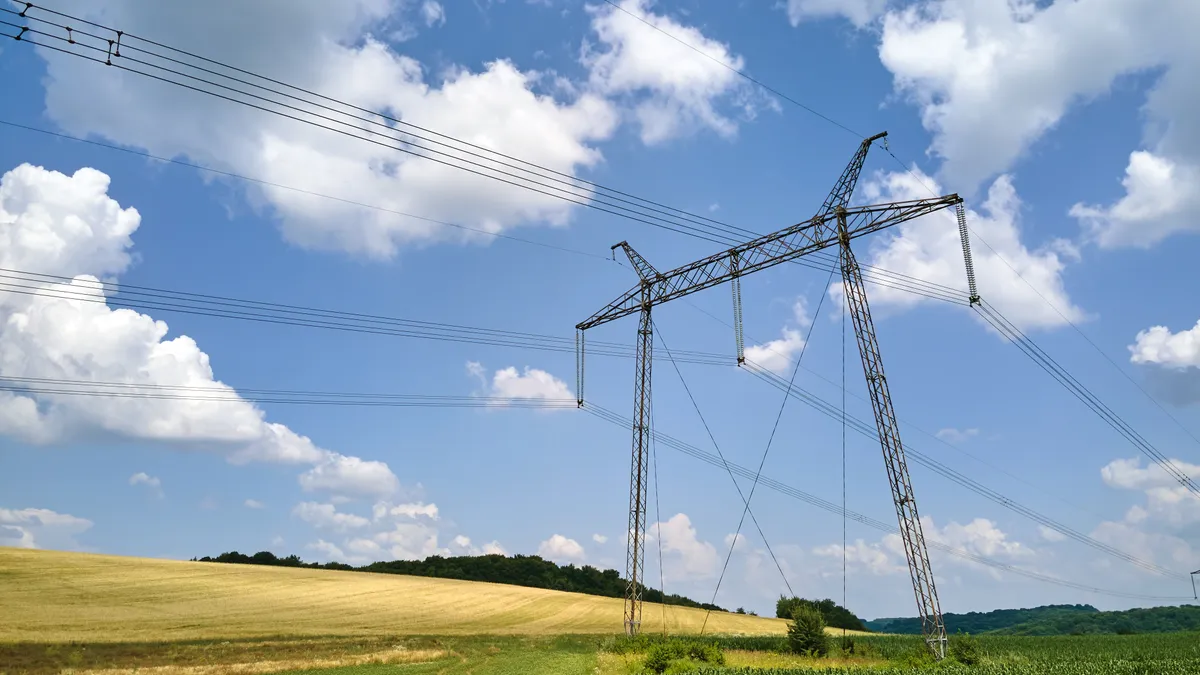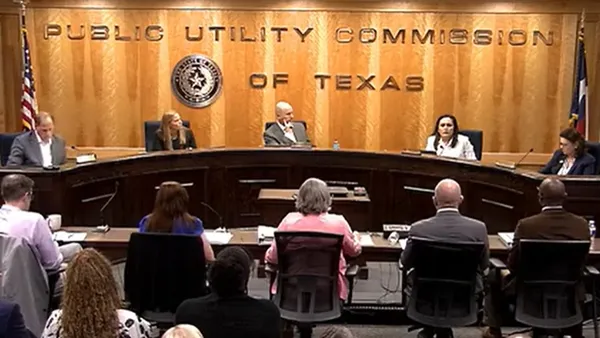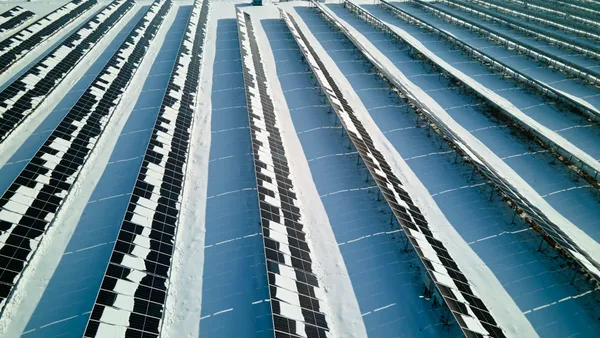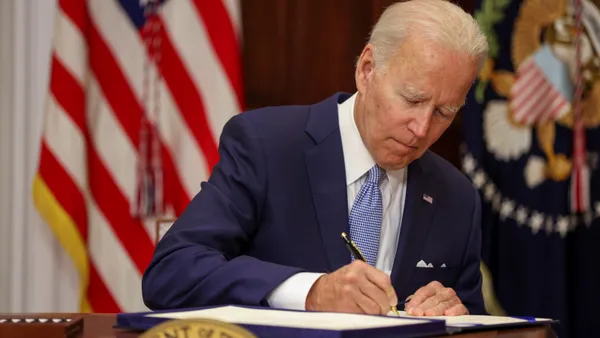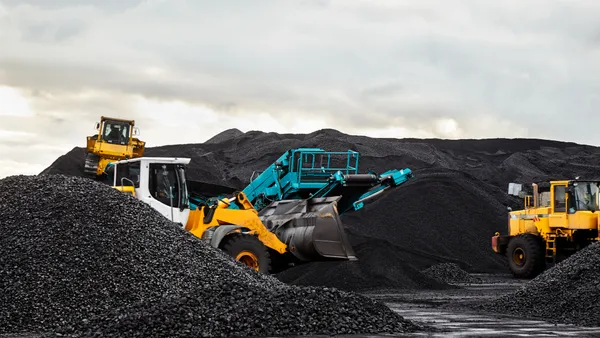Dive Brief:
- A Brattle Group report on the Texas power grid finds cheaper natural gas and the declining cost of solar energy are effectively cleaning up the state's power industry, lowering emissions and leading to the retirement of older coal plants.
- By 2035, the report concludes gas plants and renewable power may provide about 85% of all energy used in the Electric Reliability Council of Texas' territory. Coal plants would provide 6%.
- And the report concludes the cleaner energy will come with little cost. Aside from inflation, wholesale power prices are not expected to rise as more clean energy and gas plants are brought online.
Dive Insight:
While energy policy is often used to change the generation mix, in Texas that evolution has taken root in the state's power markets and is expanding rapidly—with little outside intervention or excess cost, according to the Brattle Group.
Alongside the falling cost of solar power, the report finds that if natural gas prices stay below $4 per million British thermal units for a prolonged period, wholesale electricity prices would be around $41/MWh in 2035, roughly what they were in 2014. Under a low gas-price and solar scenario, most coal will be replaced over the next two decades. And demand management will also play a vital role.
"By using enhanced energy efficiency programs to reduce demand for electricity by an additional 5%, ERCOT can reduce the projected fleet of electric plants, reduce CO2 emissions and keep electric prices down," the report found.
The Brattle study, published in May, is particularly relevant given the election of Republican Donald Trump, whose energy policies are largely aimed at revitalizing the coal industry and fossil fuel production. The research indicates what many have said—that the coal industry may now be beyond saving. Energy efficiency is expected to shrink the projected fleet of electric plants by 4.7 GW in 2035, Brattle pointed out, including contributing to almost 1 GW of additional coal retirements.
Environmental Defense Fund believes the Brattle study may be conservative in some estimates of renewable power.
"Although it’s clear wind and solar will continue to play a bigger role in powering Texas, we think the pieces are in place to see an even greater impact than the Brattle Group is projecting," EDF Vice President of Clean Energy Jim Marston said in a blog post. The Brattle report estimates about 25,000 MW of wind generation installed by 2019, but the state's grid operator has indicated that level could be reached as soon as next year.







